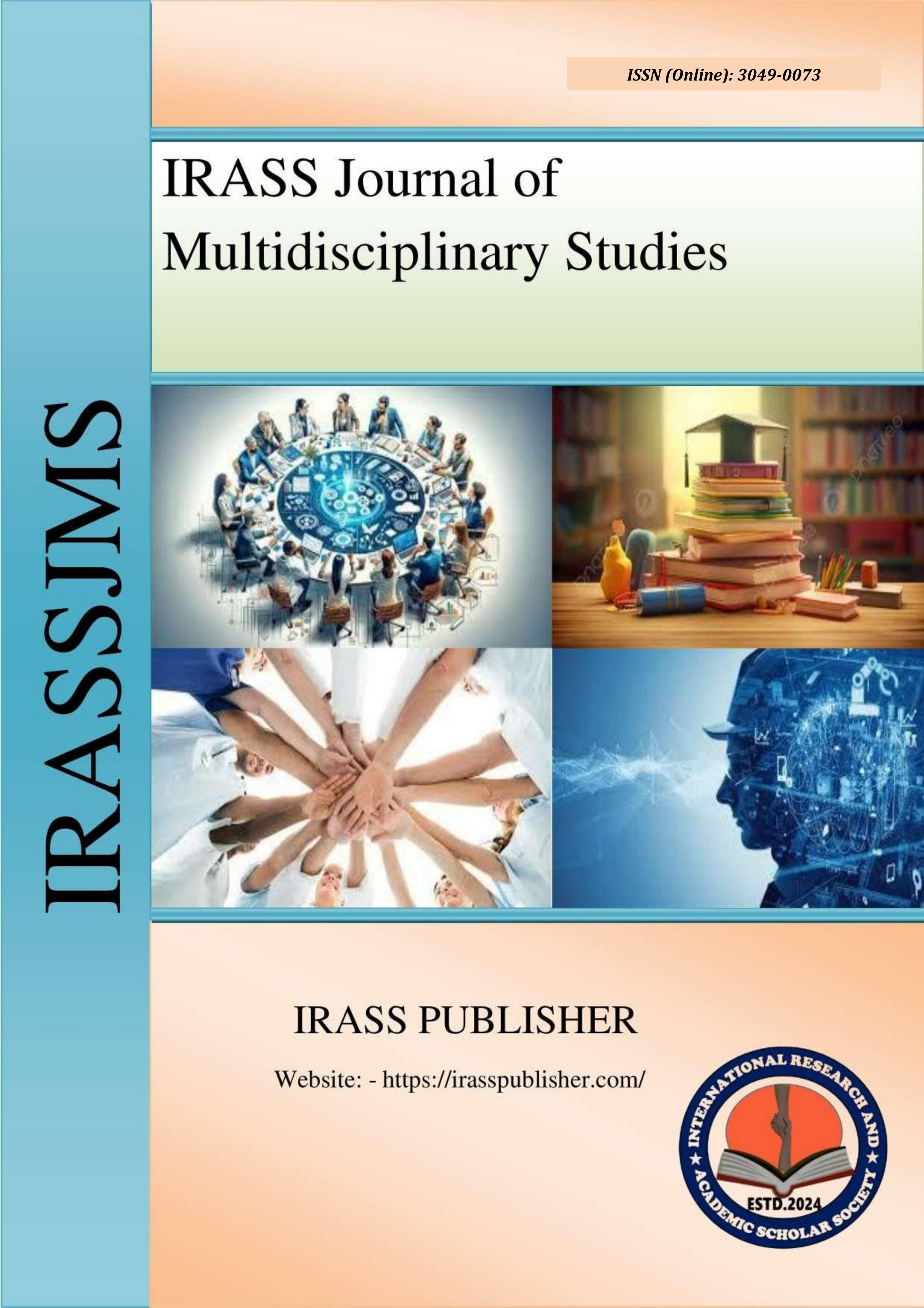The Impact of Capital Structure on the Financial Performance of Quoted Deposit Money Banks in Nigeria
Sr No:
Page No:
51-56
Language:
English
Authors:
Dr. OZIEGBE Tope Rufus, ATURU Taiwo Oluwakemi, Dr. AKINOLA Emmanuel Taiwo* , OBAMOYEGUN Oluwaponmile Joseph, AKINTUNDE Samuel Akinrinola
Received:
2024-12-13
Accepted:
2024-12-26
Published Date:
2024-12-29
GoogleScholar:
Click here
Abstract:
This study investigates the relationship between capital structure and financial
performance of quoted deposit money banks in Nigeria, focusing on the period between 2012 and 2021. Capital structure decisions, specifically the balance between long-term debt and equity,play a critical role in determining the financial health and profitability of banks. The study
employs Return on Equity (ROE) and Profit After Tax (PAT) as proxies for financial
performance, while long-term debt and equity serve as indicators of capital structure. Through
regression analysis, the study evaluates how variations in debt and equity ratios affect financial
outcomes. The findings reveal that long-term debt positively impacts ROE, suggesting that debt,
when managed prudently, can enhance financial returns through leverage benefits. Equity, on the
other hand, significantly influences both ROE and PAT, providing stability and reducing the risks
associated with financial distress. This study emphasizes the need for Nigerian banks to maintain
an optimal balance between debt and equity to maximize profitability and ensure financial
sustainability. The results have implications for policymakers and financial managers aiming to
optimize capital structure decisions in a challenging economic environment. Future research is
recommended to explore the role of short-term debt and liquidity management in banking
performance.
Keywords:
Capital Structure, Financial Performance, Return on Equity, Profit After Tax, Deposit Money Banks.
Journal: IRASS Journal of Multidisciplinary Studies
ISSN(Online): 3049-0073
Publisher: IRASS Publisher
Frequency:
Monthly
Language:
English

